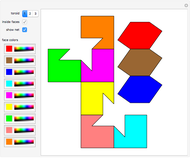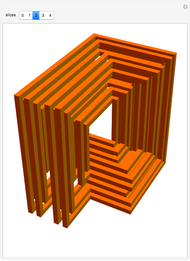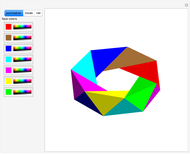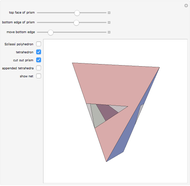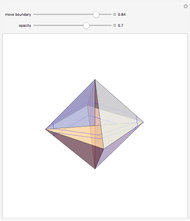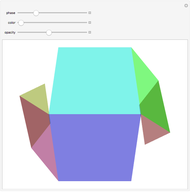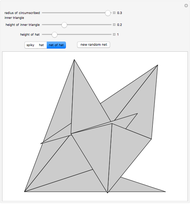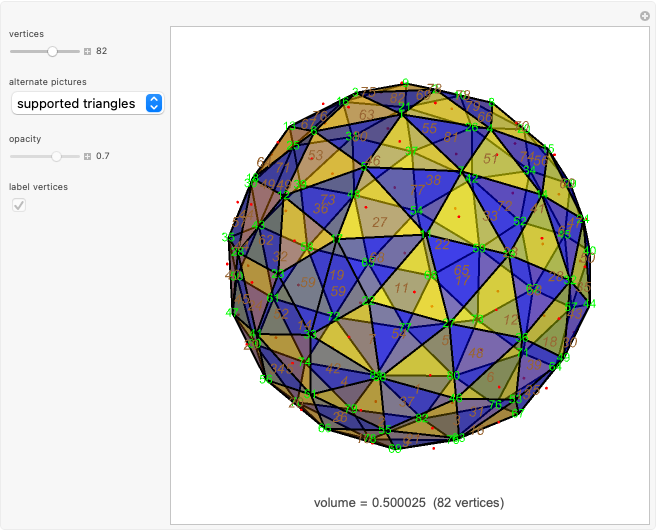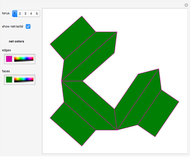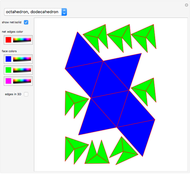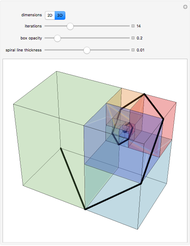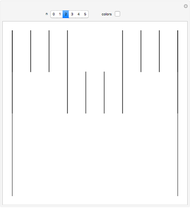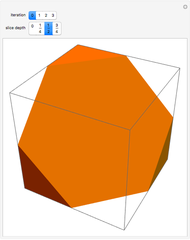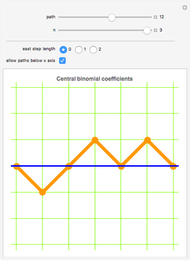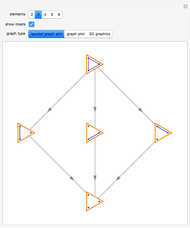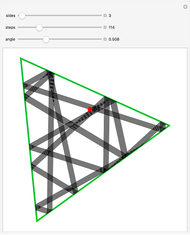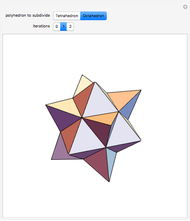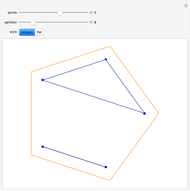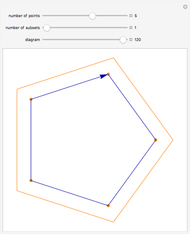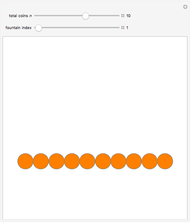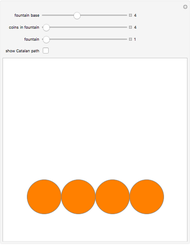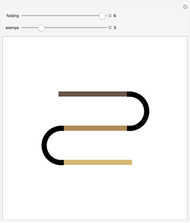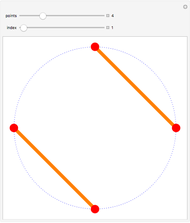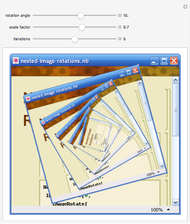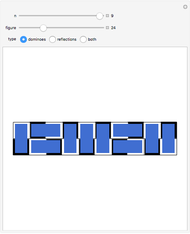Vélez-Jahn's Möbius Toroidal Polyhedron

Requires a Wolfram Notebook System
Interact on desktop, mobile and cloud with the free Wolfram Player or other Wolfram Language products.
In 1968, Gonzalo Vélez-Jahn (UCV, Caracas, Venezuela) discovered three-dimensional bodies with Möbius-like characteristics, later described by Martin Gardner as prismatic rings that became toroidal polyhedrons. The face trajectories show that this set of cubes behaves as if it were a one-sided Möbius strip. This Demonstration lets you switch between the 10- and 22-cube versions, showing an animated trajectory on the faces.
[more]
Contributed by: Gonzalo Vélez-Jahn, Luis Vélez, Roger Bagula, and Robert Dickau (March 2016)
Open content licensed under CC BY-NC-SA
Snapshots
Details
This code was developed as a cooperative effort by Robert Dickau and Roger Bagula at the request of Luis Vélez, the son of Gonzalo Vélez-Jahn.
References
[1] M. Gardner, "Twisted Prismatic Rings," Fractal Music, Hypercards and More...: Mathematical Recreations from Scientific American Magazine, New York: W. H. Freeman, 1991.
[2] G. Vélez-Jahn, "Diseñando Lo Futuro: Edificaciones Hibridas," Primer Seminario de Realidad Virtual, Concepción: Universidad del Bío-Bío, 1995.
[3] G. Vélez-Jahn, "Professor Gonzalo Velez Jahn," Moebius 3D Wiki. (Mar 18, 2016) moebius-3d.wikia.com/wiki/Professor_Gonzalo_Velez _Jahn.
[4] R. G. Alvarado, "Projected Space: Characterizing the 'Cybrid Architecture'," from Proceedings of the 5th Iberoamerican Congress of Digital Graphics, 2001 pp. 285–287.
[5] G. Vélez-Jahn, "Mobius Strip: Research for 3D Aplication [i.e. Application] (Space ; no. 2)," 1979. www.amazon.com/Mobius-strip-Research-aplication-application/dp/B0006EE65A.
Permanent Citation
"Vélez-Jahn's Möbius Toroidal Polyhedron"
http://demonstrations.wolfram.com/VelezJahnsMoebiusToroidalPolyhedron/
Wolfram Demonstrations Project
Published: March 21 2016






